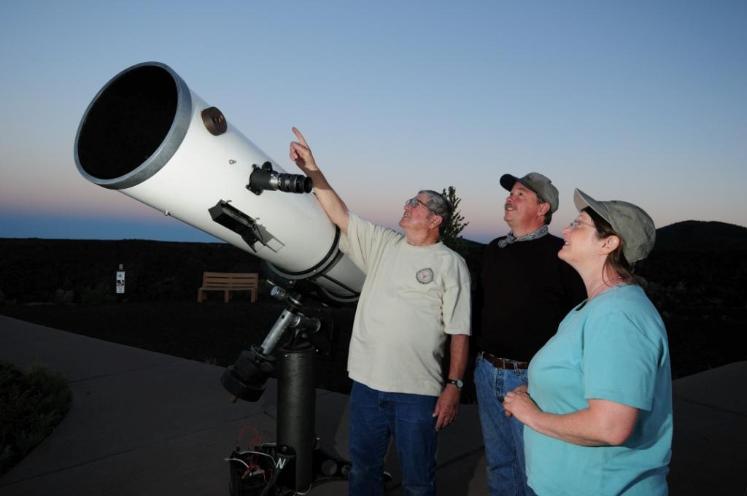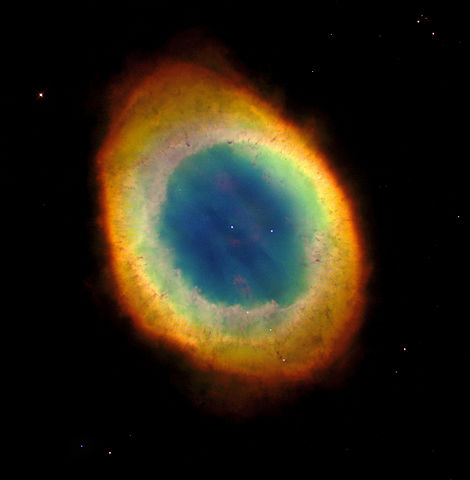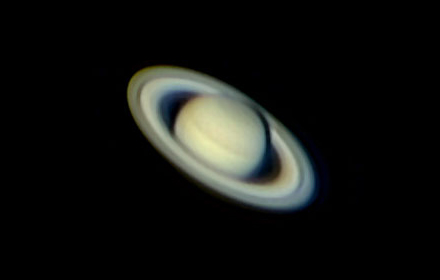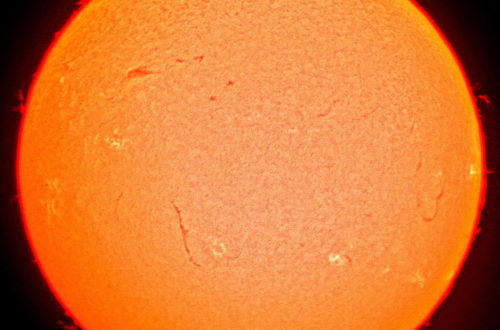Top Mistakes Beginning Astronomers Make

Amateur astronomy is not for everybody, just like golf or football is not for everybody, but if you are sure that you want to take up the hobby of gazing at the Universe (or at least some of it) in your free time, you need to get the basics right. Getting it wrong, like so many other beginner amateurs have done, means that your expensive new equipment will almost certainly end up gathering dust in your garage – never to see starlight again.
Would you like to be notified of stargazing events?
So how does a beginning amateur astronomer get the basics right? Quite easily in fact, and the best part is that you don’t have to spend money doing it either. Beginning astronomers often feel overwhelmed, but starting with simple steps can build confidence and enjoyment, while avoiding mistakes. However, you are going to have spend some money on equipment at some point, but before you rush out to buy a telescope, take some time to read this guide on how to avoid some of the most common mistakes many beginning astronomers make when they take up stargazing as a hobby. Here is how to take the pain out of becoming an amateur astronomer.
Ask questions; lots of questions
There is no such thing as a dumb question; in fact, it is dumb not to ask questions, and the easiest way to get reliable answers is to join an astronomy club. Bear in mind that even the most advanced members of a club were novices once. Bear in mind that the purpose of any astronomy club is to advance and develop the knowledge of astronomy, which makes it a rare occurrence if a club member won’t answer any questions newcomers have. Beginning astronomers can avoid common mistakes simply by asking questions and learning from the experiences of more seasoned observers.
The first image of this article is typical of any star party, where knowledgeable speakers, who may be club members, present talks on any subject related to the hobby. In this image, the speaker is explaining the intricacies of a large homemade reflecting telescope, and if you were there, you could have asked the speaker which telescopes are suitable for a beginners as a first scope, to save you time and expense. Alternatively, many beginner astronomers now also rely on online communities and forums as well as YouTube channels and virtual meetups to ask questions and receive reliable advice.
Don’t spend too much money
Joining an astronomy club will give you many opportunities to learn the specifics about the various types of telescopes, as well as what makes each type of instrument the best choice for observing any particular type of celestial object. For instance, refracting telescopes typically give better views of the planets, while large reflecting telescopes are best for observing deep sky objects, simply because this type of telescope gathers more light than a small refractor does.
Nonetheless, there are many sub-types of telescopes within the two broad, main types of telescope shown here, and one of the most common mistakes beginner amateurs make is not only to buy the wrong type of telescope, but also the wrong size. By attending star parties and club meets, you can gain firsthand knowledge and experience of the different types of instruments, which is the most effective, and most cost efficient way to determine which type, and what size of instrument would be right for you.
Don’t spend too little money, either
The old adage that says, “You get what you pay for”, applies to telescopes as much as to anything else, so don’t make the mistake of falling for the advertising claim that “bigger is always better.” The second thing to remember is that a pair of cheap binoculars are always better than a cheap telescope.
You may find that the 8-inch reflector you found for a bargain on an online marketplace has such poor optics that you can’t see anything through it, which would have made the 7×50 binoculars or 50 mm spotting telescope you thought were too expensive a week ago seem like an once-in-a-lifetime bargain. In fact, binoculars or spotting scopes make the ideal starting instruments because they are relatively cheap, give great views, and you can take them anywhere.
However, with many quality beginner telescopes now available for under $300, it’s worth researching affordable options that outperform both cheap binoculars and poor-quality telescopes.

This view of M45 (Pleiades Cluster) is from the Palomar Observatory, but it can also be seen through a pair of 7×50 binoculars, which should make it clear that you don’t always need a large telescope; not to mention all the accessories required to make the best use of it. High quality telescopes represent a significant capital outlay that cannot be justified until you have a better understanding of exactly what it is you are looking at when you use it. Getting to know the sky is as important as having the right equipment to look at it, which makes binoculars and/or spotting scopes the ideal instruments with which to learn the sky.
Don’t expect too much
Part of the reason why you became interested in astronomy may be because of the exquisite detail in the pictures of celestial objects in magazines and on the internet. Sadly, though, there is almost no chance that you will see images of M57 (Ring Nebula) like the one below with even the biggest amateur instruments, unless of course, you go to the trouble of photographing it.

The above image is an enhanced Hubble Space Telescope image. Only with good equipment, and the use of appropriate filters, does it becomes possible to see some colour in the object through an amateur instrument, but the point of all of the above is to make it clear that amateur equipment can never deliver the high-resolution images that professional equipment can. That said, advances in consumer astrophotography—such as DSLR and CMOS camera setups—now allow amateur astronomers to capture surprisingly detailed deep-sky images with modest equipment and stacking software like DeepSkyStacker or PixInsight.
Once you understand this very important detail, and the fact that the human eye cannot perceive most of the light frequencies emitted by deep sky objects, you will enjoy the hobby much more.
Don’t use excessive magnification
High magnification is not always the best way to see an object. Bear in mind that the higher the magnification, the more the light from the object is spread out, which somewhat paradoxically, makes the object more difficult to see. Add to this the facts that the higher the magnification, the smaller the field of view becomes, and that bad seeing conditions, such as atmospheric turbulence gets magnified as well, and it should be clear that magnification is as much an art as it is a science. One of the most common mistakes made by beginning astronomers is assuming that higher magnification always means better views.
Gaining a better knowledge of calculating a telescope’s magnification, focal length and field of view will help you to understand how to choose the right stargazing equipment and how to get an optimum view, without too much distortion. Modern astronomy apps and zoom eyepieces can also help you make informed magnification choices depending on the object and viewing conditions.

The image above by Rochus Hess shows telescopic views of the planet Saturn at low, intermediate, and excessive magnifications. Viewing from a slight distance will give you a better sense of the effects of excessive magnification, and while you do that, make a mental note to ask the folks at the astronomy club about which magnifications work best for planetary viewing, or for that matter, any type of observing.
One more thing
The few brief descriptions of common mistakes that novice stargazers are prone to make barely scratch the surface. Nonetheless, by avoiding the mistakes outlined here, you can save yourself a ton of money, hours of frustration, and crushing disappointment when you think your equipment has failed you. These are exactly the types of mistakes beginning astronomers often make when trying to get started without guidance.
The road to becoming an accomplished observer is a long and difficult one, but while you are on that road, bear the following words by Garrett P. Serviss in mind – “Do not be afraid to become a star-gazer. The human mind can find no higher exercise.”
Would you like to receive similar articles by email?





